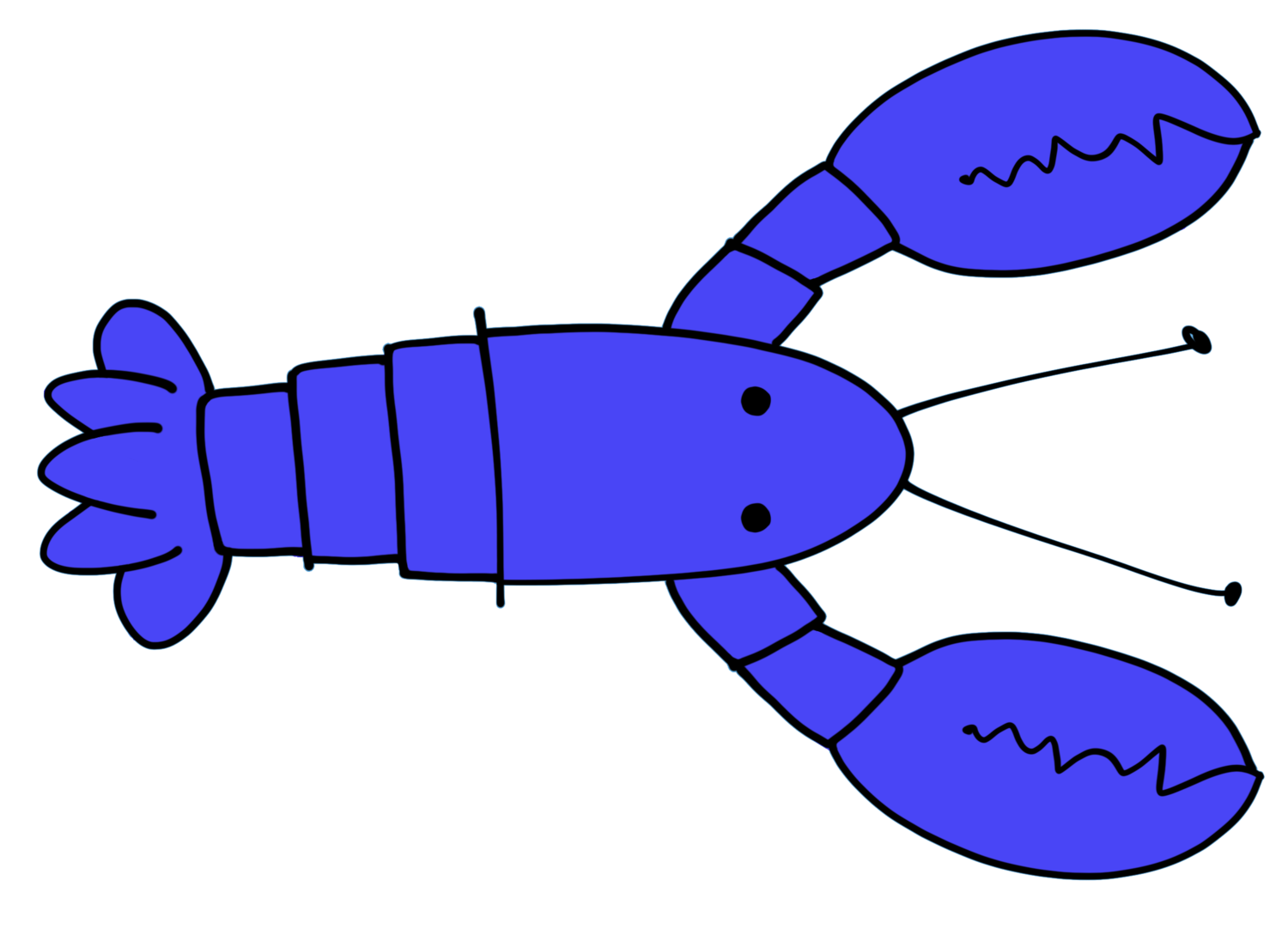Trust Principles for Creativity and Innovation
/I'm honored to have Jon Mertz (known to many of us @ThinDifference) guest post. Jon is VP of marketing in the healthcare software industry. He has an MBA from The University of Texas at Austin and has worked for companies like Deloitte, IBM, and BMC Software. Outside of his professional life, Jon brings together a terrific community to inspire Millennial leaders (you should join) and close the gap between two generations of leaders. Thank you, Jon, for posting here!!!
the healthcare software industry. He has an MBA from The University of Texas at Austin and has worked for companies like Deloitte, IBM, and BMC Software. Outside of his professional life, Jon brings together a terrific community to inspire Millennial leaders (you should join) and close the gap between two generations of leaders. Thank you, Jon, for posting here!!!
~~~~~~~~~~~~~~~~~~~~~~~~~~~~~~~~~~~~~~~~~~~~~~
Trust Principles for Creativity and Innovation
One of the great things about the generation ahead is that Millennials get trust. They have the trust in themselves and how their ideas can change the world. Embedded within this is a strong community and collaboration angle built into their digital DNA. Working across boundaries is natural. Combined, this generation is unbound from tradition while focused on innovation and creativity to construct better gadgets, apps, mindsets, and art. It is an open field.
While this is true, the principle of trust needs to be revisited. A balance between self and community is necessary. With this mix, trust enhances actions and collaboration. Millennials, along with all generations, need to embrace this blend.
Creativity and innovation requires a combination of Self-Centered and Community-Centered trust. An evenness is required to create and innovate in more meaningful and productive ways. Within each, there are two trust principles to use.
 Self-Centered Trust Principles
Self-Centered Trust Principles
Trust your voice. We have a voice. It can encourage or discourage us. It keeps us on track or off track. Which way our voice takes us depends on our self-trust. It isn’t over-confidence. It is self-confidence with a strong center of purpose-filled action. In other words, with a clear purpose, the clarity of our voice will grow and, along with it, our trust levels rise in what we have to say, do, and act upon. All gain strength with clarity of a purpose-driven voice.
Trust your voice in what you are creating and innovating. Trust your purpose.
Trust your strength. There will be critics in every balcony. Taking your creative work or innovative solutions outside can be harsh at times. To take the steps outside your comfort zone, a strong presence of trust in your ideas, innovation, or work of art is vital. Whatever you are working on has made it this far so continue to trust in what you have created.
Time is too short to be ignorant. Trust your concept but verify, enhance, verify again, and decide steps forward. With each step, your creation and innovation will gain in strength. Keep strength in your ideas and build insight.
Community-Centered Trust Principles
Trust others. At times, it feels easier to go it alone. We feel we can just maintain our focus and eventually we will win over others. However, it is equally important to remember how different perspectives can add value to our ideas and concepts. Involving others in the brainstorming and creating process broadens our own views. By engaging others, we can incorporate a more human-centered design, too. We can begin to empathize more and see how we can modify our innovations to better fit how people will actually use them.
Use the variety of opinion to strengthen what you are working on. Your views need to be balanced with broader perspectives. A community offers diversity, and diversity strengthens anyone. Trusting in your community will empower your ideas more than if you are all alone.
Trust in tension. Anytime we ask for feedback, we open ourselves up. We become vulnerable. In the vulnerable moments, a tension begins. It is a tension between acceptance and rejection. The reality is tension creates an enlightening force. It tightens our ideas and heightens our awareness. Embracing productive tension results in improved thoughts, better concepts, and enhanced innovation.
Healthy tension is required to refine and validate. We need to trust the feedback and trust in our vulnerable moments of placing our ideas and art out in our community.
Trust Simply Makes Art and Innovation Work
Trust makes everything work better. It is just that simple.
Trust is discussed often in terms of relationships, culture, partnerships, and agreements. It provides the foundation for human interaction to stand upon and conduct conversations, transactions, and education in a productive, engaging, and enjoyable way.
Just as trust is central in all of those things, it is also needed in creativity and innovation. Trust takes on a new role of being self-centered and community-centered. By embracing trust in his manner, it removes barriers and enables extension across boundaries, especially generational ones.
To get the best ideas and move our created works forward, trust plays an essential role. Millennials need to use trust as a principle in what they create, and we all need to engage in a trust-based way to support innovative thoughts and works.
What role does trust play in your ideas, innovations, and artwork?





